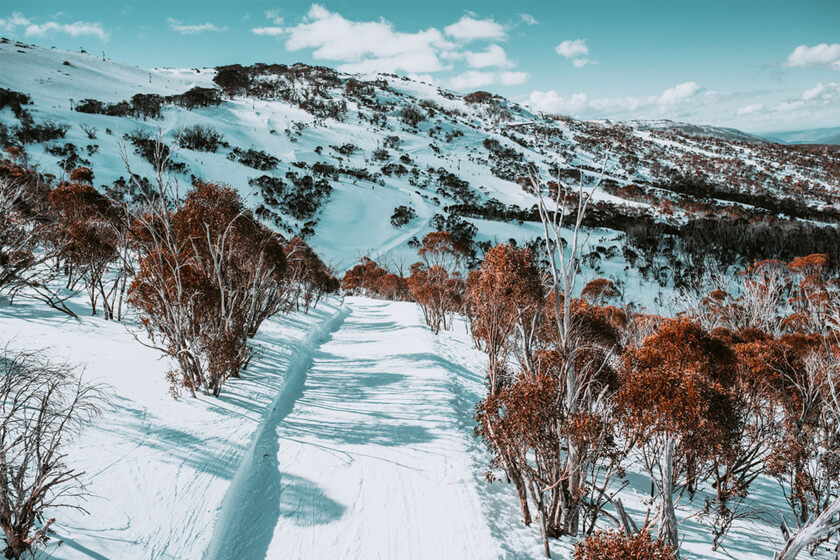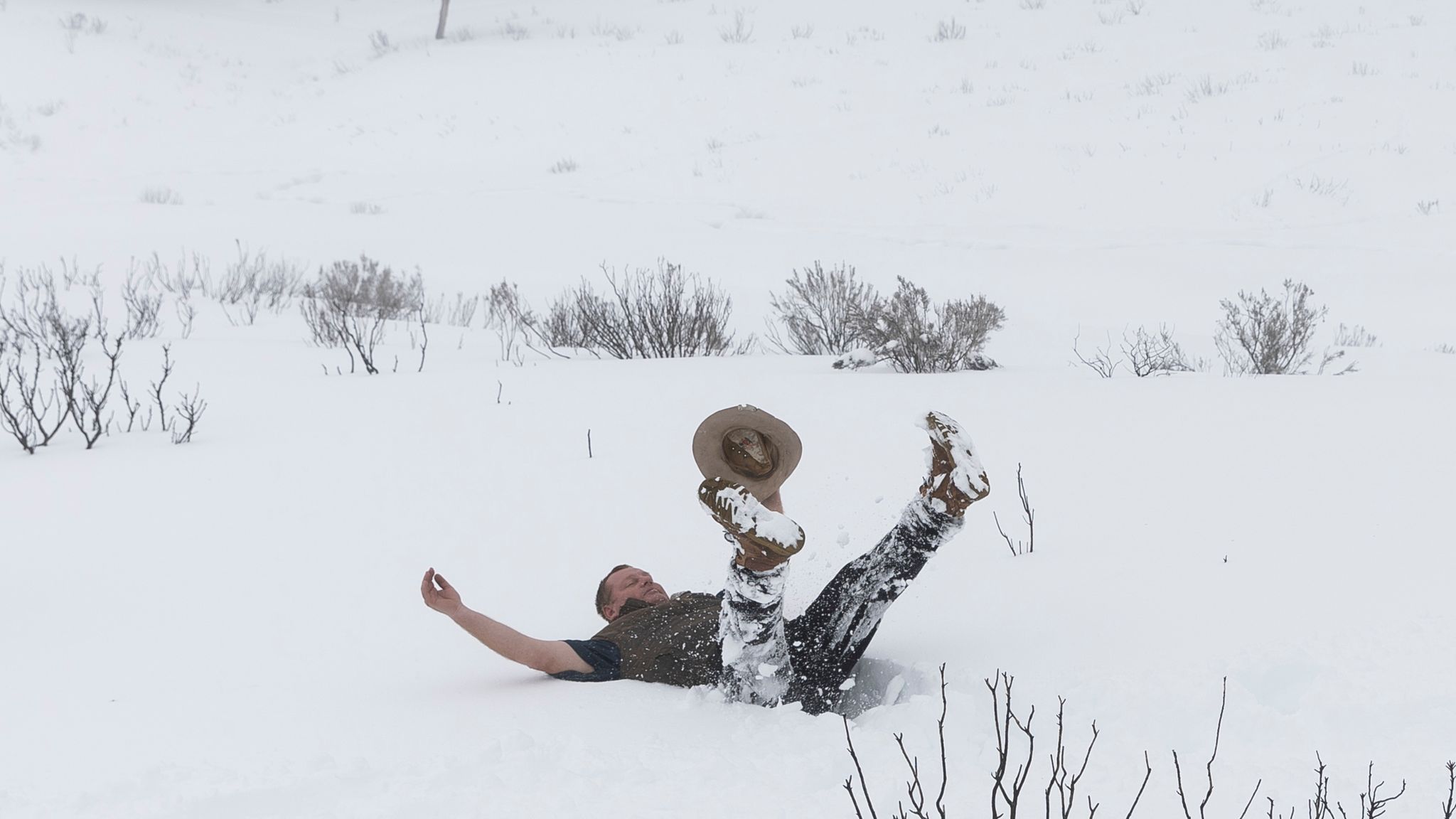Discover About the Locations That Occasionally See Snow In Australia During the Colder Months
Discover About the Locations That Occasionally See Snow In Australia During the Colder Months
Blog Article
Discover the Remarkable Impacts of Snow in Australia on Local Ecological Communities
Regardless of its online reputation for sun-soaked landscapes, Australia additionally flaunts regions buried by snow-- a phenomenon that exceptionally influences the nation's unique communities. The insulating residential or commercial properties of snowflakes protect plants and fauna in the middle of the chilliest winters, while the melting snow supports rivers and water life.
The Unanticipated Regions of Snowfall in Australia
Although Australia is usually related to sandy beaches and sun-scorched landscapes, certain regions surprisingly experience snowfall. The high country regions of New South Wales, Victoria, and Tasmania are particularly known for their winter snow. The Snowy Mountains in NSW, as an example, obtain abundant seasonal snow, offering a raw contrast to the nation's normal warm, arid climate. The Victorian Alps and parts of Tasmania likewise see yearly snowfalls, changing the landscape right into a winter months heaven. These locations are not just abnormalities however integral components of Australia's diverse climate system. The visibility of snow in these regions significantly affects local environments, consequently affecting the country's distinct biodiversity. Nevertheless, the certain effect on Australia's unique flora will certainly be talked about in the following section.

How Snow Impacts Australia's Distinct Flora
These plants have evolved to survive in extreme problems, with snow offering as a protective blanket from severe winds and freezing temperatures. The snow additionally adds to the wetness material of the soil, supplying necessary hydration for plant life during the dry summer season months. In essence, the snow influences the timing of flowering and seed dispersal, the development rates, and the survival of many plant species, showcasing the detailed interaction between environment and vegetation in Australia.

The Adjustments of Australian Animal to Snowfall
Simply as Australia's flora has actually adapted to the wintery problems, the regional animals also, display exceptional adjustments to the snowfall. It uses the snow as insulation, hibernating in rock holes beneath the snow to remain warm. The Snow Skink, a varieties of lizard, transforms its colour to white throughout wintertime, providing camouflage against killers.
The Duty of Snow fit Regional Ecological Communities
Fit the regional communities, the duty of snow in Australia is both profound and multilayered. It influences the circulation of flora and animals, mainly defining the biodiversity of towering and sub-alpine regions. Snow gives a crucial water resource, feeding rivers and storage tanks as it melts, hence supporting a range of marine life types. Additionally, snow functions as an insulator, protecting ground-dwelling organisms from extreme cold. In a similar way, it plays a significant Read Full Article function in dirt formation and nutrient cycling. The regular cold and find out this here thawing of dirt generated by snowfall cultivates the break down of rocks, improving dirt fertility. The presence of snow shapes the plant life patterns, animal habits, and general sustainability of Australia's one-of-a-kind ecosystems.

The Future of Snowfall in Australia: Ramifications and forecasts

Offered the vital duty snow plays in shaping neighborhood ecological communities, the future of snowfall in Australia is drawing raising attention from conservationists and researchers. Current climate versions forecast a significant reduction in snowfall as a result of global warming, with possibly profound effects on neighborhood ecosystems. Less snow could lead to lowered water availability in alpine regions, negatively impacting wildlife habitats and plant life. It could change the timing of seasonal adjustments, interrupting the life cycles of lots of indigenous types. The tourist industry, heavily reliant on the winter season snow season, may likewise encounter substantial obstacles. Consequently, recognizing these forecasts and their implications is essential to develop effective preservation approaches, making certain the conservation of Australia's one-of-a-kind biodiversity and the sustainability of its economic situation.
Verdict
The duty of snow in Australia's environments is pivotal yet often ignored. It serves as a protector, a nurturer, and a shaper of varied towering types, adding to the splendor of Australia's high country. As weather patterns remain to move, understanding the ramifications and prospective transformations of these snow-influenced ecological communities is important. Therefore, the snow in Australia is greater than a natural phenomenon; it's a vital gamer in the country's environmental story.
In spite of its reputation for sun-soaked landscapes, Australia additionally boasts regions blanketed by snow-- a phenomenon that greatly influences the nation's special ecological communities. It utilizes the snow as insulation, hibernating in rock holes beneath the snow to stay warm - Does Australia Get Snow.In shaping the regional environments, the duty of snow in Australia is both extensive and multilayered. The visibility of snow forms the vegetation patterns, pet habits, and total sustainability of Australia's unique ecological communities
Provided the important official website role snow plays in shaping neighborhood communities, the future of snowfall in Australia is attracting raising attention from environmentalists and scientists.
Report this page